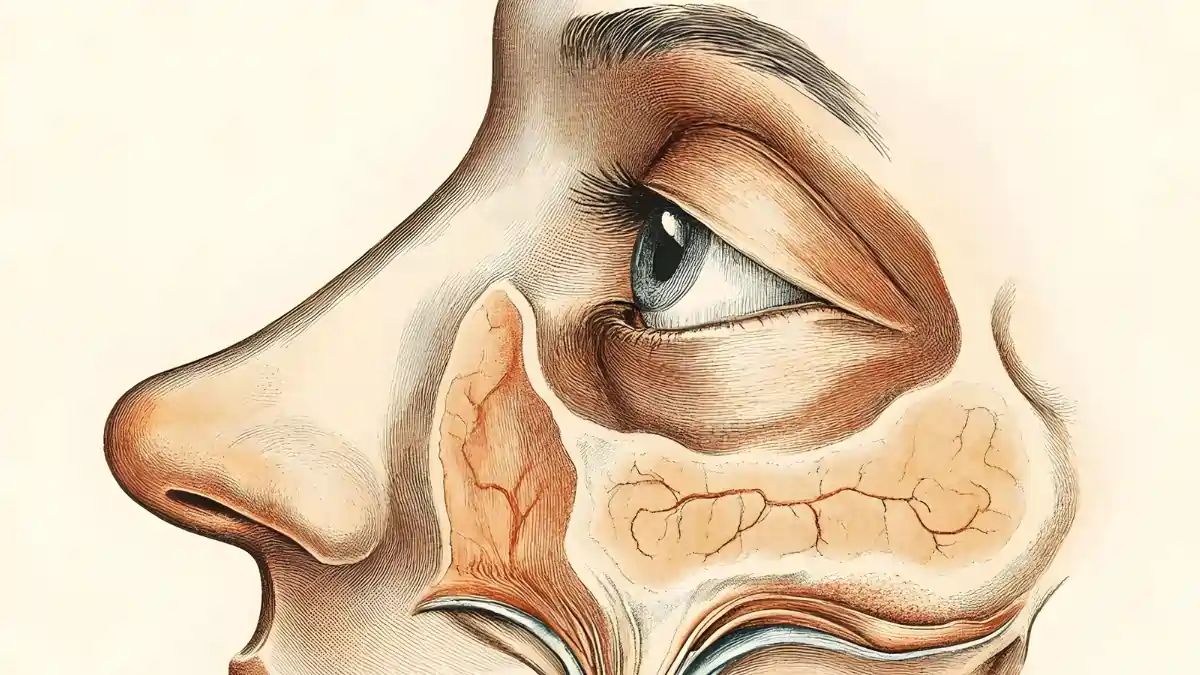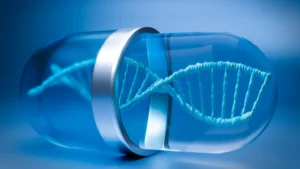Anatomy, Functions & Insights into Ophthalmology
Imagine waking up one morning to a world without sight. The colors, the faces, the sunrise — all gone. It’s a chilling thought, isn’t it? Our eyes are often taken for granted until something goes wrong. Yet these tiny organs are not only windows to the soul, but also sophisticated biological cameras designed to capture life in high definition.
Whether you’re a curious reader, a health enthusiast, or someone concerned about vision, this blog will take you through everything about human eyes—their anatomy, function, importance, and how ophthalmology helps keep them healthy. This blog is a clear guide filled with practical advice.
What Makes the Human Eyes So Fascinating?
The eye is a marvel of biology. It can detect light, track motion, distinguish over 10 million colors, and even adapt to changing brightness in milliseconds.
But what truly makes it fascinating is its complex structure, functioning seamlessly in real-time. That’s where ophthalmology — the branch of medicine dealing with the eyes — comes in. It helps us understand, diagnose, and treat the various conditions that can impair vision.
Let’s break down the anatomy first.
Anatomy of the Human Eye
Understanding the parts of the eye can feel like unlocking a biological puzzle. Here’s a simplified overview of key components:
External Eye Anatomy
- Cornea: The transparent, dome-shaped front layer that refracts light into the eye.
- Sclera: The white part of the eye, providing structure and protection.
- Conjunctiva: A thin, clear membrane covering the front of the eye and inside of eyelids.
- Eyelid & Eyelashes: Act as physical barriers, protecting against dust and drying.
Internal Eye Anatomy
- Iris: The colored part of the eye, controlling how much light enters by adjusting the pupil.
- Pupil: The dark circular opening in the center that changes size depending on light exposure.
- Lens: Focuses light onto the retina; it changes shape to accommodate near or far objects.
- Retina: A layer of light-sensitive cells at the back of the eye where images are formed.
- Macula: Central part of the retina, essential for sharp central vision.
- Optic Nerve: Carries visual signals from the retina to the brain.
Supporting Structures
- Vitreous Humor: A clear gel that fills the space between the lens and the retina.
- Aqueous Humor: Fluid in the front part of the eye that maintains pressure and nourishes tissues.
- Lacrimal Glands: Produce tears to lubricate and protect the eye surface.
Each part is delicately interwoven into a system that allows us to see not only shapes and colors but also depth, distance, and motion.
How Do Eyes Actually Work?
In simple terms, light enters through the cornea, passes through the pupil, is bent by the lens, and hits the retina where photoreceptor cells (rods and cones) translate it into electrical signals. These signals travel via the optic nerve to the brain, which interprets them as images.
It’s essentially like a high-speed film development process happening in less than a second—continuously, all day long.
Common Eye Conditions You Should Know
The importance of eye health becomes more obvious when problems arise. Here are a few common eye disorders frequently encountered in ophthalmology:
Refractive Errors
- Myopia (Nearsightedness): Clear vision up close, blurry in distance.
- Hyperopia (Farsightedness): Blurry up close, clearer at distance.
- Astigmatism: Irregular curvature of the cornea or lens causing blurred vision.
- Presbyopia: Age-related loss of near vision, usually after 40.
Diseases and Disorders
- Cataracts: Clouding of the lens, leading to blurred or dim vision.
- Glaucoma: Increased pressure damaging the optic nerve; often symptomless until serious.
- Macular Degeneration: Deterioration of the retina’s central area—major cause of vision loss in elderly.
- Diabetic Retinopathy: Blood vessel damage in the retina due to diabetes.
Surface Issues
- Dry Eye Syndrome: Inadequate tear production causing burning, stinging, and redness.
- Conjunctivitis (Pink Eye): Inflammation due to infection or allergy.
Early detection through regular eye exams is critical. Most conditions, if diagnosed early, are manageable or even reversible.
What Is Ophthalmology & Why Is It Important?
Ophthalmology is not just about glasses or surgeries. It encompasses medical, surgical, and laser treatment for all eye-related issues. An ophthalmologist is a medical doctor trained to perform eye exams, diagnose diseases, prescribe treatments, and conduct surgery.
This field intersects with neurology, endocrinology, and even psychiatry, as the eyes are deeply connected to other systems in the body.
Eye Health Tips from Experts
Based on guidance from leading ophthalmologists, here are simple yet effective ways to maintain eye health:
Nutrition
- Eat foods rich in lutein, zeaxanthin, vitamin A, zinc, and omega-3 fatty acids.
- Leafy greens, carrots, eggs, and fatty fish are excellent choices.
Protect Your Eyes
- Wear sunglasses with UV protection when using mobile phones, laptops, etc.
- Use safety goggles during activities like woodworking or chemistry.
Follow the 20-20-20 Rule
- Every 20 minutes, look at something 20 feet away for 20 seconds to reduce digital eye strain.
Sleep and Hydration
- Adequate sleep refreshes your eyes.
- Staying hydrated supports tear production and prevents dryness.
Regular Eye Check-ups
- Children should have vision screening early.
- Adults under 40 should get eyes checked every 2-3 years; over 40, every year.
Eye Myths vs. Facts
Let’s bust a few common myths:
- Myth: Reading in dim light ruins your eyes.
Fact: It may strain your eyes but doesn’t cause permanent damage. - Myth: Carrots are all you need for good eyesight.
Fact: Carrots help, but a balanced diet is key. - Myth: Wearing glasses weakens your eyes.
Fact: They correct vision; they don’t change the eye’s physical condition. - Myth: Sitting too close to the TV will damage your eyes.
Fact: It may cause fatigue but not permanent harm.
Why I Started Paying Attention to My Eye Health
A few years ago, after experiencing persistent dryness and mild blurriness while working late on a laptop, I dismissed it as temporary fatigue. Months later, I was diagnosed with early-stage digital eye strain. A simple change in screen habits and adding a humidifier drastically improved my symptoms.
That scare taught me the value of prevention over cure. If you work long hours, especially on screens, small habits can go a long way in protecting your eyes.
The Future of Ophthalmology
From AI-powered retinal scans to gene therapies for inherited blindness, ophthalmology is advancing rapidly. Telemedicine, smart contact lenses, and robotic surgeries are no longer science fiction—they’re transforming eye care today.
In the near future, we may even see eye drops capable of correcting vision temporarily—imagine ditching glasses for a date night with just a drop!
Our eyes are truly miraculous—not just in how they function but in how central they are to our lives. Yet, because they’re so efficient and silent, we often overlook their care until it’s too late.
So take a moment. Blink. Look away from your screen. Appreciate the view around you—and maybe schedule that eye exam you’ve been postponing.
Let’s Protect Our Vision—Together
If this article helped you see eye health in a new light, share it with friends or loved ones. Subscribe to our newsletter for more science-backed health guides. Got questions or personal stories? Drop them in the comments below—we’d love to hear from you.
Let’s keep our world sharp, colorful, and full of vision. Literally.
Must Read:




